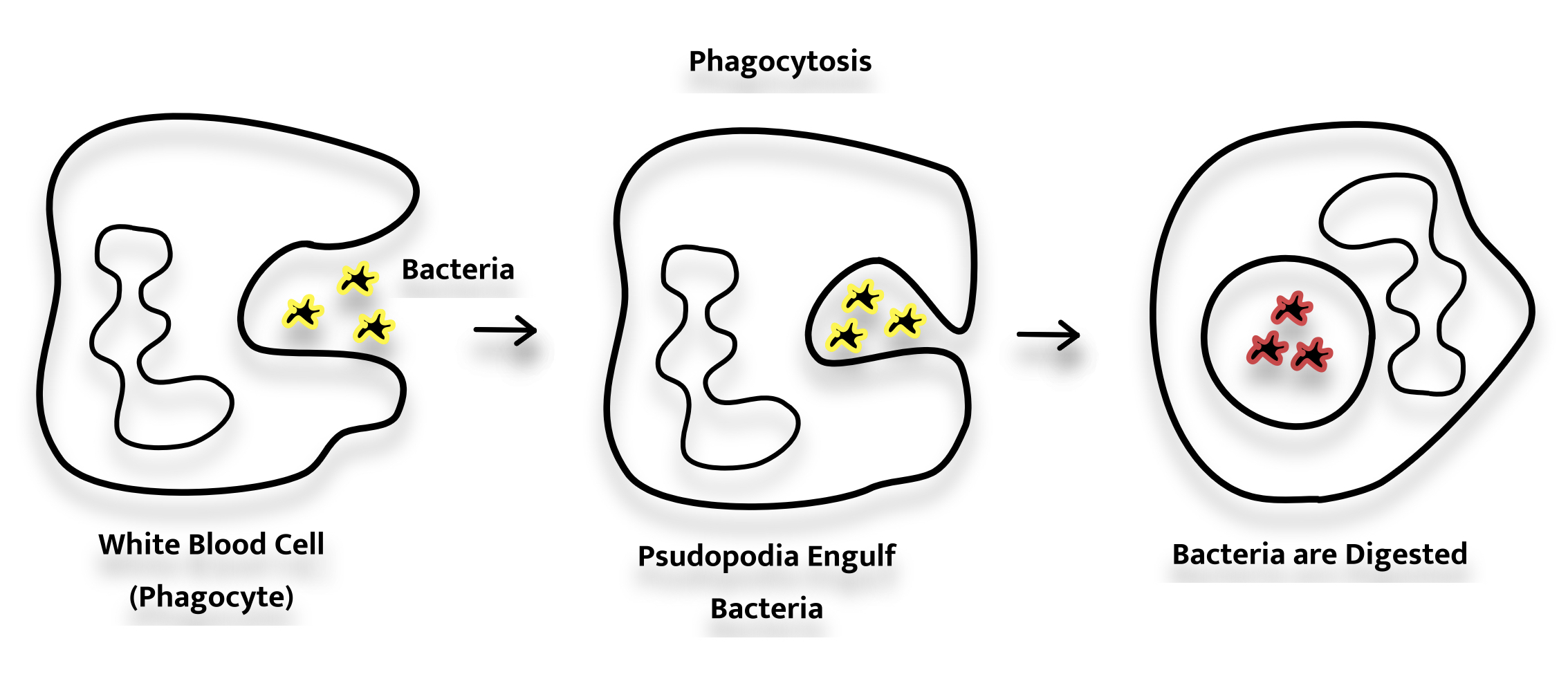Infection and Immunity
An small explanation on Infection and Immunity.
The immune system is the body’s protection against infection; without it, humans would be significantly more susceptible to illness and its severity. It is a network of innate, passive, and active processes that work in tandem to respond to a wide variety of pathogens.
There are two key types of immunity, innate immunity and adaptive immunity. Innate immunity is mechanically simpler but still plays a critical part in acting as the first line of defence from pathogens. It consists of physical, usually external barriers such as mucous and skin membranes as well as proteins that can recognise and kill harmful organisms. Adaptive immunity is significantly more complex.
Adaptive immune responses are carried out by white blood cells called lymphocytes which are split into two different classes, namely B cells and T cells, each of which plays a critical role in protecting the body from harm. In antibody responses, the role of B cells is to secrete antibodies comprised of proteins called immunoglobulins. These constantly circulate throughout the bloodstream where, if a foreign antigen is present, it binds, rendering it inactivated, therefore preventing further harm to host cells.
T cells are synthesised in the bone marrow and mature in the thymus, during this maturation stage, they multiply and differentiate into helper, regulatory, cytotoxic or memory T cells.
- Helper T cells – Arguably the most vital of the T cell differentiations, these cells help B cells to secrete antibodies in addition to stimulating cytotoxic T cells to kill infected targets.
- Regulatory T cells – Acts to suppress the immune response, thus maintaining homeostasis as well as self-tolerance. These cells additionally play a role in auto-immune disease prevention.
- Cytotoxic T cells – These primarily respond to viruses and malignant cells on an intracellular level. They express T cell receptors (TCRs) that can recognise an antigen if the immune system has encountered it previously.
- Memory T cells – This is a long-lived cell that is developed following an infection that, like its name encompasses, can memorise the most effective and fastest response, thus preventing further harm to host cells.

Phagocytes are another type of immune cell, specifically white blood cells, that play a critical role in the late and early stages of the immune response. It has the ability to engulf, ingest and sometimes digest foreign particles such as bacteria, carbon, and dust. They do this by extending their cytoplasm into pseudopods, temporary arm-like projections, that surround the particle forming a vacuole. In the case of an antigen, it cannot affect the phagocytes since its toxins are contained in the vacuole, the phagocyte then releases enzymes that enable digestion to occur.

There are two major classes of phagocytes, these are as follows:
Neutrophilic Leukocytes – These are small, granular leukocytes that rapidly locate the site of a wound and ingest bacteria. They additionally have the critical capability to effectively eradicate fungal infections.
Monocytes – These can become either macrophages or dendritic cells when a germ enters the body. This determines whether the cells will kill the foreign invader or alert other blood cells to assist in destruction, thus resulting in the prevention of infection.
Infection, immunity, and the immune system as a whole are incredibly advanced, below are a handful of more detailed research papers that delve into details of the aforementioned points.